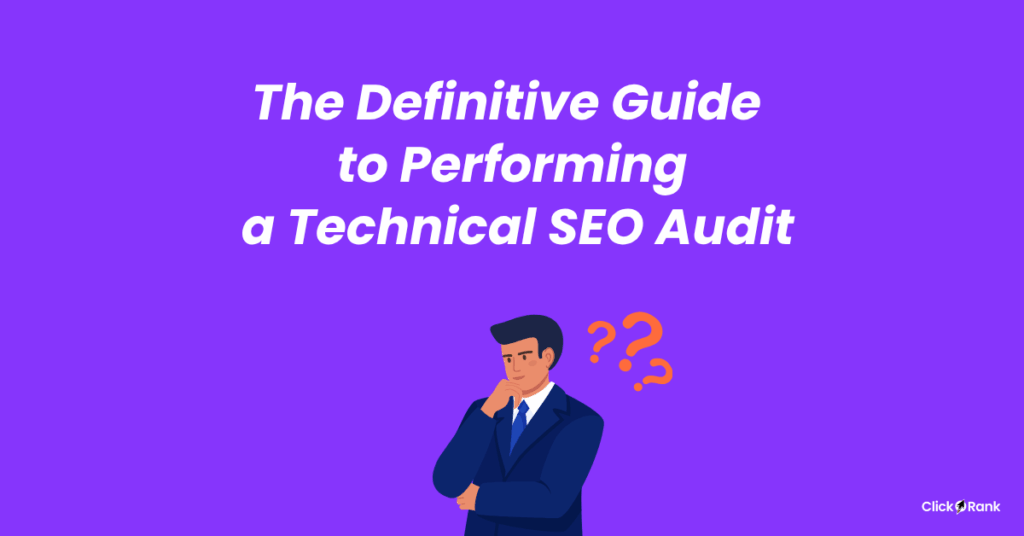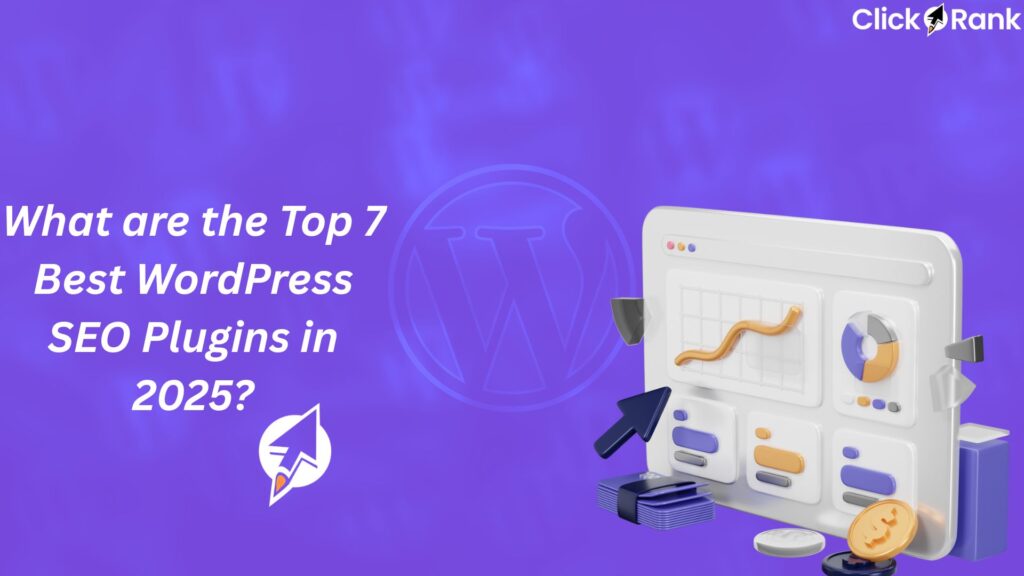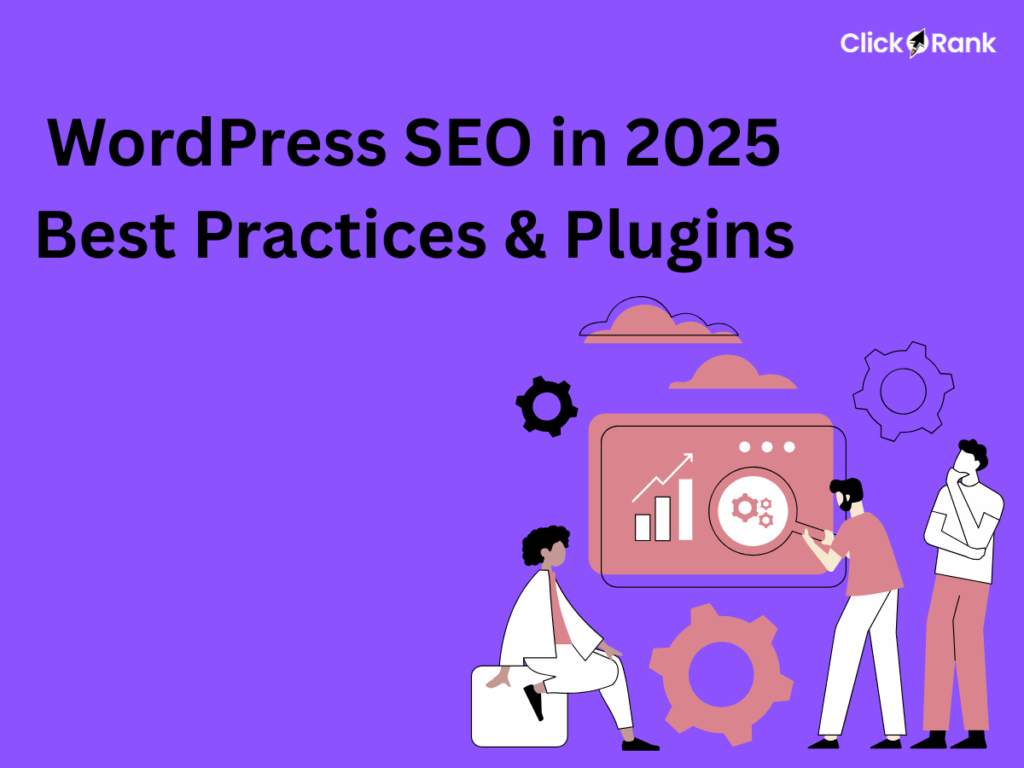When it comes to SEO, few strategies move the needle as much as internal linking, but let’s be honest, doing it manually is a nightmare, especially when your site spans hundreds or thousands of pages. That’s why AI internal linking tools like LinkStorm and ClickRank.ai have exploded in popularity.
Both promise to automate the process, but if you’re looking for the tool that truly understands semantic linking, not just matching keywords, there’s a clear distinction between the two.
In this article, we’ll put LinkStorm vs ClickRank.ai head to head to see which one wins on semantic power, link relevance, and the ability to scale across large websites without sacrificing quality. Whether you’re an SEO agency, a content marketer, or running an enterprise site, this comparison will help you decide which tool is the smartest investment for your SEO strategy in 2025 and beyond.
What is LinkStorm?
LinkStorm is a tool built to help websites automate their internal linking, saving teams from the usual time-consuming, manual effort. Instead of combing through each page to figure out where to add links, LinkStorm scans your content, picks up on keyword mentions, and suggests internal links based on the rules you set.
It’s designed to speed up internal linking at scale, especially for sites with a lot of content where maintaining a good internal structure can easily get out of hand.
Key Features
- Link suggestions based on keyword matches
- Custom rules for anchor text and link targets
- Bulk linking actions across multiple pages
- Basic reporting to track internal link placements
Who is LinkStorm for?
LinkStorm tends to work best for large sites like publishers, affiliate marketers, or SEO teams that already have a keyword-focused strategy and just need a fast way to apply links across hundreds or thousands of pages.
But while it’s efficient, LinkStorm’s approach is still mostly keyword-driven, it doesn’t go much deeper into the actual meaning or context of the content. If you’re after more context-aware, semantically relevant links, that’s where a tool like ClickRank.ai starts to shine.
What is ClickRank.ai?
ClickRank.ai is an SEO automation platform designed to simplify technical optimizations that would normally take weeks to handle manually. While it covers a range of on-page SEO tasks, one of its core features is internal linking powered by semantic understanding, helping users create smarter, more relevant connections between pages.
Unlike tools that rely mainly on keyword matching, ClickRank.ai looks at the context and topic of each page to suggest internal links that fit naturally within the content. This can lead to a more cohesive site structure, which is important for both SEO and user experience.
Key Features
- Internal link suggestions based on semantic relevance, not just keyword patterns.
- A built-in SEO audit tool that identifies technical issues like duplicate meta tags, missing alt text, and broken links.
- One-click fixes for common SEO problems.
- Schema markup generation to help pages stand out in search results.
- Keyword injection to fill in SEO gaps in existing content.
Who is ClickRank.ai for?
ClickRank.ai tends to be a good fit for content-heavy websites, agencies, and teams managing large, complex sites. It’s particularly useful when you need an automated yet context-aware approach to SEO, whether that’s for internal linking, technical audits, or optimizing content for better visibility.
Semantic Understanding: Who Does It Better?
Before comparing the tools, it’s important to clarify what semantic linking actually means. In SEO, semantic linking refers to the practice of creating internal links based on the meaning and context of the content, not just the presence of specific keywords.
The goal is to connect pages that are topically related in a way that feels natural to both users and search engines, ultimately strengthening the overall site structure.
How LinkStorm Approaches Semantic Relevance
LinkStorm’s method is primarily keyword-driven. It scans content for predefined keywords or phrases and suggests links based on matches. While this can be effective for straightforward keyword strategies, it often misses the deeper connections between topics that aren’t directly tied to an exact phrase.
For example, if you have an article about “content marketing strategies,” LinkStorm might only suggest links to pages that literally mention “content marketing”, even if there are other pages closely related by theme but using different terminology.
How ClickRank.ai Handles Semantic Linking
ClickRank.ai takes a more contextual approach by using AI to understand the underlying themes and topics within your content. It doesn’t just look for keyword matches; it analyzes semantic relationships, how ideas and concepts are connected across your site.
An added advantage is ClickRank’s integration with Google Search Console data, which provides insights into the keywords and pages that already perform well. This allows the tool to suggest links that not only make sense contextually but are also informed by actual search performance data.
Example: How Both Tools Suggest Links
Let’s say you have a blog post titled “How to Improve Your Website’s Loading Speed.”
- LinkStorm might suggest linking to any page that mentions “loading speed” or “website performance.”
- ClickRank.ai, at the same time, could recommend linking to related topics like “Core Web Vitals,” “mobile optimization,” or “image compression best practices”, even if those specific phrases aren’t repeated verbatim in the text. This creates a more meaningful and interconnected experience for both readers and search engines.
Link Relevance and Contextual Accuracy
With internal linking, relevance isn’t optional, it’s the whole point. A good internal link feels like it belongs right where it is. It helps the reader explore related topics without feeling like a random detour, and it helps search engines understand how your content connects across the site.
How the Tools Compare
LinkStorm does a solid job when your goal is to link based on specific keywords. It picks up on mentions and suggests links accordingly. That’s useful if you have a clear keyword strategy and want to apply it quickly across a lot of pages. But sometimes, that method can feel a bit mechanical, not every keyword mention is the best spot for a link.
ClickRank.ai takes a more contextual approach. Instead of just scanning for keywords, it looks at the surrounding content to understand what the section is really about. So even if a phrase like “customer engagement” shows up, ClickRank might suggest a link to a page about “email personalization” because it fits the broader context, not just the exact words.
What Each Tool Does Well
LinkStorm is great when you need speed and a straightforward way to apply links across content at scale. It’s efficient and predictable, especially if you already know which terms you want to prioritize.
ClickRank.ai, on the other hand, is better when you want the links to feel more natural and tied to the meaning of the content. It’s less about matching exact words and more about connecting ideas in a way that makes sense for both the reader and SEO.
Both approaches have their place, it really depends on whether your priority is speed or deeper relevance.
Scalability and Ease of Use
When your website has hundreds or thousands of pages, placing internal links manually just isn’t realistic. That’s why both LinkStorm and ClickRank.ai are designed to help you scale.
LinkStorm works well if you already have a list of target keywords and want to spread internal links across a large site. Once you set the rules, it can apply links in bulk, which is useful for teams that need to move fast. The setup is relatively simple, and you get control over which terms trigger links.
ClickRank.ai handles scale differently. It doesn’t need keyword lists or fixed rules. Instead, it scans the entire site and understands the content to suggest links that make sense within the page’s context. As your site grows, ClickRank keeps adapting, without needing you to constantly update settings. Plus, it runs a full SEO audit along the way, so you’re not just scaling links, you’re improving the overall health of the site.
Both tools are easy to use, but the experience is different. LinkStorm gives you more control if you want to decide exactly where and how links appear. ClickRank takes care of everything for you with minimal input, just connect your site and let it run.
Which AI Linking Tool Should You Choose?
Both tools do a good job of solving the internal linking problem, but they approach it in very different ways.
If you already have a clear keyword strategy and want to apply links quickly across a large number of pages, LinkStorm can help you get it done. It’s predictable, efficient, and gives you control over which terms get linked.
But if what you’re looking for is a way to create more meaningful, context-aware links that actually strengthen the structure of your site and help users navigate through related content, ClickRank.ai is probably the better fit. It’s less about manually managing keyword lists and more about letting the system understand your content and optimize it in the background.
At the end of the day, the choice depends on what matters more to you: speed and control, or depth and automation.
Frequently Asked Questions
1. What’s the main difference between LinkStorm and ClickRank.ai?
LinkStorm focuses on keyword-based linking, while ClickRank.ai uses AI to suggest links based on the deeper context of your content.
2. How does semantic linking benefit my website’s SEO?
Semantic linking helps search engines understand the relationships between your pages, improving crawlability, relevance, and ultimately rankings.
3. Can AI tools fully automate internal linking for large websites?
Yes, platforms like ClickRank.ai automate internal linking at scale by analyzing site content and applying context-aware suggestions across thousands of pages.
4. Is ClickRank.ai only for internal linking?
No, ClickRank.ai also handles SEO audits, fixes technical issues, injects schema markup, and optimizes metadata, all automatically.
5. Does LinkStorm offer semantic analysis for linking?
LinkStorm primarily relies on keyword detection, so while it’s efficient, it doesn’t perform deep semantic analysis like ClickRank.ai.
6. What’s the best AI internal linking tool for content-heavy sites?
For large content sites that need contextually relevant links, ClickRank.ai stands out thanks to its semantic understanding and automation features.


